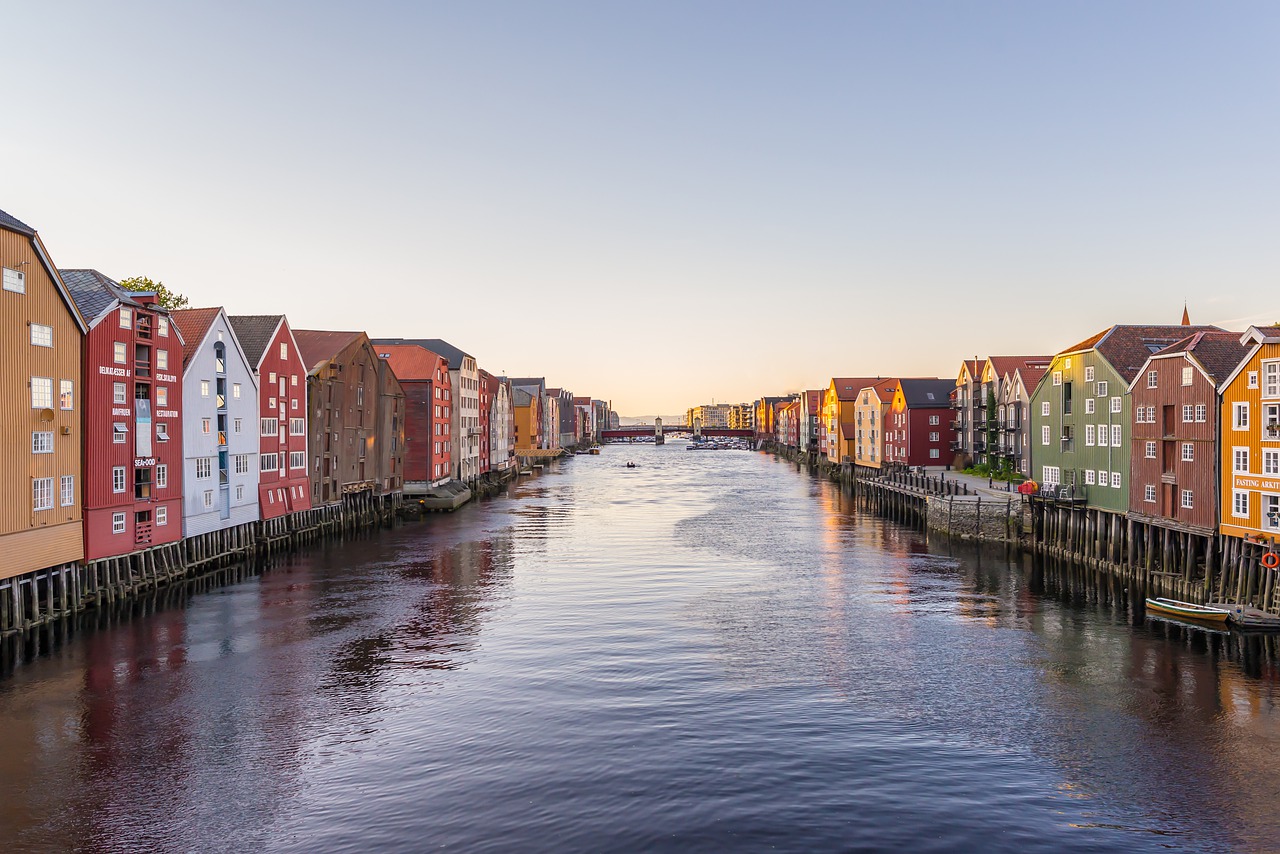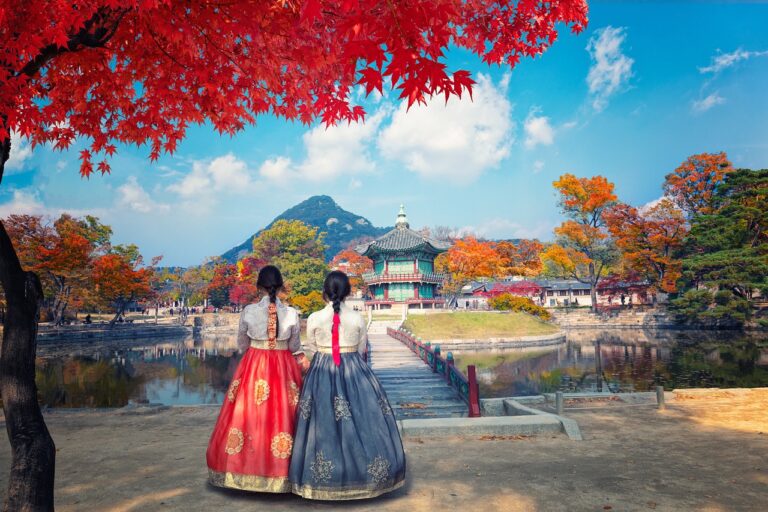Reviving Lost Art Forms Through Cultural Immersion Travel
Many indigenous communities around the world have long-standing traditions of creating art using techniques passed down through generations. These techniques are often closely tied to cultural practices and beliefs, making the art not just a visual representation but also a significant part of their heritage and identity. By delving into these traditional art techniques, we can gain a deeper understanding of the history and values that shape these communities.
The intricate patterns, vibrant colors, and skilled craftsmanship found in traditional indigenous art are not simply for aesthetic purposes. They often hold symbolic meanings, telling stories of ancestors, spirituality, and the natural world. Through the meticulous process of creating art using these techniques, artisans are able to preserve their cultural heritage and keep their traditions alive for future generations to appreciate and learn from.
Discovering Endangered Crafts in Remote Villages
Unveiling the hidden treasures of traditional crafts in remote villages unveils a world of remarkable artistry and cultural heritage. Each intricate piece tells a story of the community’s history and traditions, passed down through generations with meticulous attention to detail.
As we delve deeper into these remote villages, we witness the delicate balance between preserving endangered crafts and embracing modern influences. The skilled artisans take pride in their work, showcasing a beautiful fusion of tradition and innovation in every handmade creation.
Why is it important to explore traditional art techniques in indigenous communities?
Exploring traditional art techniques in indigenous communities helps to preserve cultural heritage, promote sustainable practices, and support local economies.
How can we help protect endangered crafts in remote villages?
We can help protect endangered crafts in remote villages by supporting artisans through purchasing their products, sharing their stories, and raising awareness about the importance of preserving these traditional art forms.
What are some examples of endangered crafts that can be found in remote villages?
Examples of endangered crafts that can be found in remote villages include weaving, pottery, wood carving, basketry, and traditional textile production techniques.
How can travelers get involved in discovering endangered crafts in remote villages?
Travelers can get involved in discovering endangered crafts in remote villages by seeking out local artisans, participating in workshops or demonstrations, and purchasing handmade products directly from the source.





